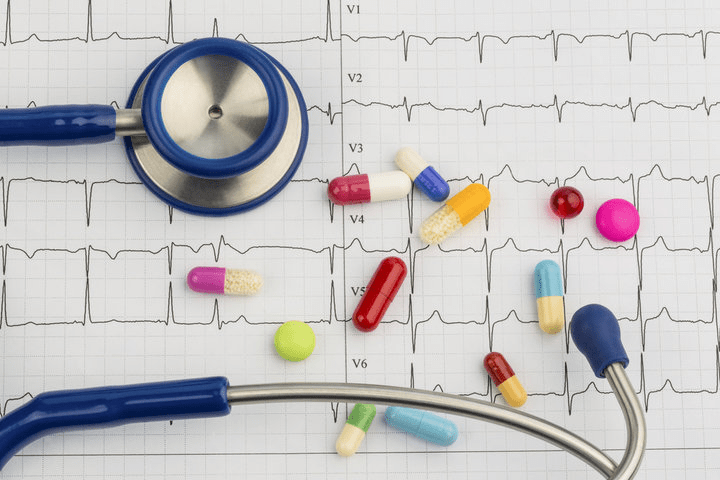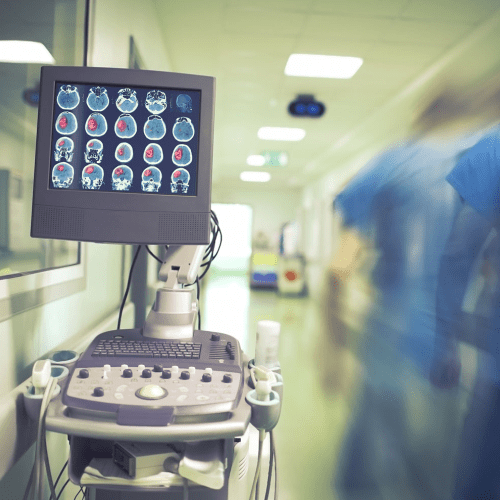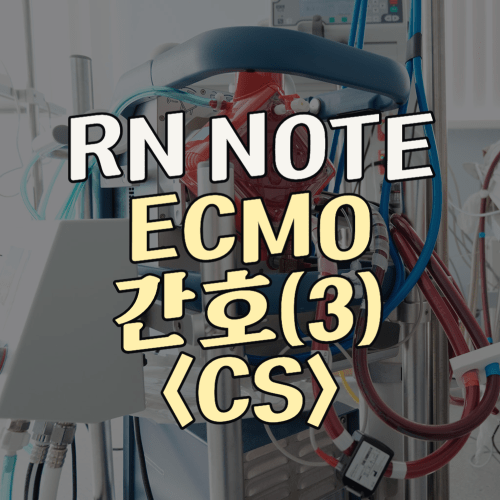Subjective Data
Past Health History
- prior hematologic problems, hereditary disease, liver, spleen diseases
Medications
- herbal therapies, anti-neoplastic agents, HIV meds, anti-coagulant therapy
Surgery or other treatments
- Splenectomy, surgical excision of duodenum, gastrectomy, bleeding problems
Functional Health Patterns
Health Perception-Health Management Pattern
- Genetic issue
- Alcohol history
- Hemetemesis
Nutritional-Metabolic Pattern
- Dietary history
- Any changes in skin’s texture or color
- Lumps or swelling in neck, armpits, or groin
Elimination Pattern
- Black, tarry stool, hemooccult test
Activity-Exercise Pattern
- Feeling of tiredness
- Malaise, dyspnea, palpitations
- Any changes in ability to perform ADL
Cognitive-Perceptual Pattern
- Arthralgia (joint pain), hemarthrosis, paresthesia, numbness, tingling
Lymph node assessment
- Superficial lymph node; eval with light palpation
- Assess systematically (location, size, degree of fixation, tenderness, texture)
- Normal finding
- not palpable in adults
- If palpable, it should be small (0.5-1cm), mobile, firm, non-tender
- Abnormal; tender, hard, fixed, enlarged
- Start from head to axillary nodes, epitrochlear node, inguinal lymph node
Objective Data
Palpation of liver or spleen
Skin assessment
- Should be examined over entire body in a systemic manner
- Pale
- Cyanosis
- Purple, mottled appearance
- Clubbing of fingers
- Petechiae or ecchymoses
- Infectious skin lesions
- Skin mucosal bleeding v.s spontaneous bleeding
Diagnostics
Laboratory Studies
- CBC; Complete Blood Count 전혈구검사
- Peripheral smear; morphology (shape & appearance) of blood cells
- Pancytopenia 범혈구 감소증; Marked ↓ in # of RBC, WBC, & platelet
- Red blood cells
- Total RBC count
- Normal; M; 4.3-5.7/ F; 3.8-5.1
- Total RBC count
Red Blood Cells
Hemoglobin; Hb
- measurement of gas-carrying capacity of RBC
- Normal; M; 13.2-17.3 g/dL/ F; 11.7-16.0 g/dL
- Reduced; Anemia, hemorrhage, hemodilution 체액량과다
- Increased; polycythemia 다혈구증, hemoconcentration 체액량고갈, dehydration
Hematocrit; Hct
- % of RBC compared with total blood volume
- Reduction or elevation can be seen in the same condition that ↑ or ↓Hb
- Normal; M; 39-50%/ F; 35-47%
RBC indices 적혈구지수
MCV (mean corpuscular volume)
- hct*10/ (RBC *106)
- Determination of relative size of RBC
- Normal; 80-100 fL
- Low; microcytosis vs high; macrocytosis
MCH (mean corpuscular Hb)
- hb*10/ (RBC *106)
- Measurement of average wt of hb/RBC
- Low; microcytosis or hypochromia vs high; macrocytosis
- Normal; 27-34 pg
White Blood Cells
Total count of WBC; normal (4000-11000)
- High; infection, inflammation, tissue injury
- Low; bone marrow depression, leukemia
- Leukopenia; WBC count less than 4000
WBC differential count
- Measures % of each type of leukocyte
- More granulocyte with infection; bands released “shift to the left”
- ANC; absolute neutrophil count; by multiplying total WBC count by % of neutrophils
- Neutropenia 호중구감소증; ANC less than 1000; a/w leukemia, bone marrow depression, high risk of infection
Platelet Count
- Normal 150,000-400,000
Thrombocytopenia 혈소판감소증
- less than 150,000
- Bleeding can occur with above
Thrombocytosis 혈소판증가증
- excessive platelet
- occurs with inflammation, malignant disorders
- can cause excessive clotting
Iron Metabolism

- Serum iron; measures amount of protein-bound iron circulating in serum
- Total iron binding capacity (TIBC); measures available proteins for binding iron; indirect measure of transferrin
- Transferrin; largest quantity of iron-binding proteins
- Transferrin saturation (%)= (serum iron/TIBC) * 100
- Ferritin; major iron storage protein
Clotting Studies
- Activated partial thromboplastin time (aPTT); assess intrinsic coagulation status; normal (25-35sec)
- D-dimer; measure a fragment of fibrin; used in diagnosis of hypercoagulable conditions; normal (<250ng/mL)
- Fibrin degradation products (FDP); reflection of degree of fibrinolysis
- Prothrombin time (PT); extrinsic coagulation by measurement of factors 1, 2, 5, 7, 10; normal (11-16sec)
- Thrombin time; reflection of adequacy of thrombin; prolonged thrombin time -> inadequate coagulation 2nd to ↓ thrombin activity
- International normalized ratio (INR) ; standardized system of reporting PT; normal (0.8-1.2)
Biopsies
Bone marrow exam
- Full eval of hematopoiesis
- Obtain specimens for cytology
- Preferred site; posterior iliac crest 장골능후부> anterior iliac crest 전장골능, sternum 흉골
- Sedation, pain meds
- Complications; possibility of damaging underlying structure, hemorrhage, infection
- Monitor V/S
- Apply pressure dressing after procedure
- Assess biopsy site for bleeding
- Soreness over puncture site; 3-4 days
Lymph node biopsy

- Obtain lymph tissue for histologic exam
- Open biopsy; performed in OR; involves excision
- Closed (needle) biopsy
- Post procedure car
- Apply direct pressure
- Observe site for bleeding
- Monitor VS
Other tests
- Molecular Cytogenetics & Gene Analysis
- Done on samples from bone marrow & lymph node biopsy
- Example
- Fluorescent in situ hybridization (FISH) 형광원위치혼성화법; abnormal extra chromosome
- Spectral karayotyping (SKY) ; chromosomal translocation of 22 to 9
- Radiologic studies; CT or MRI
- For evaluating spleen, liver, lymph node



